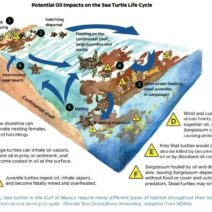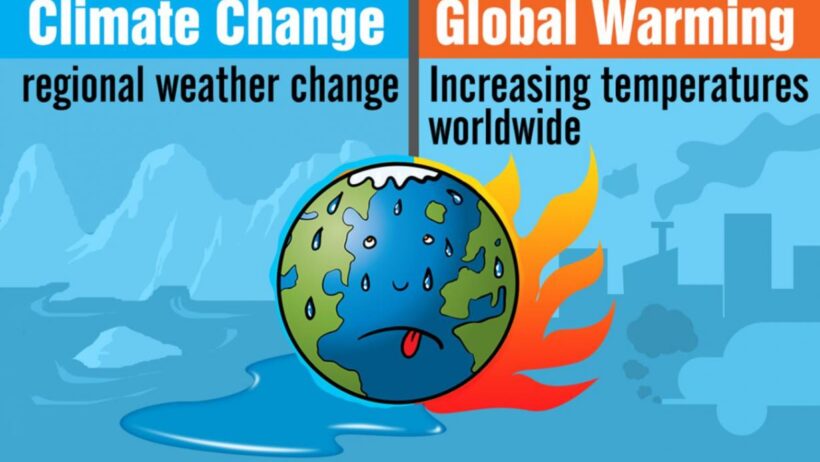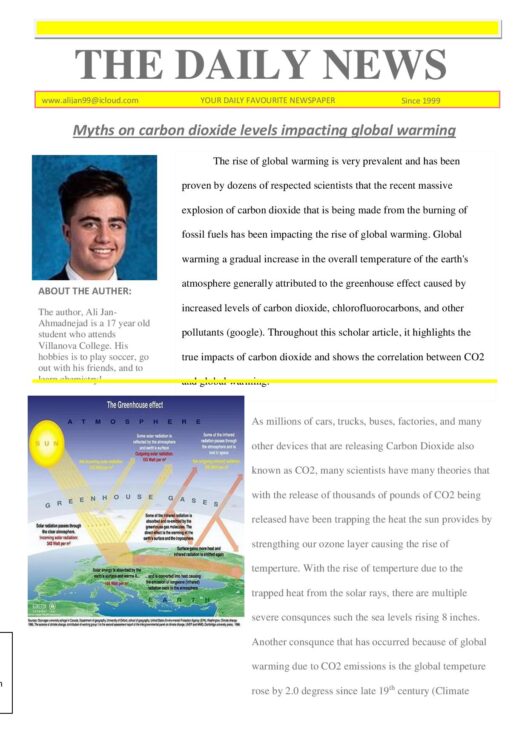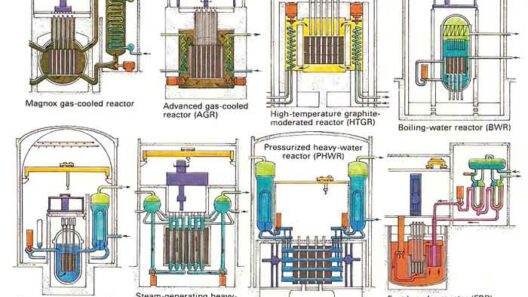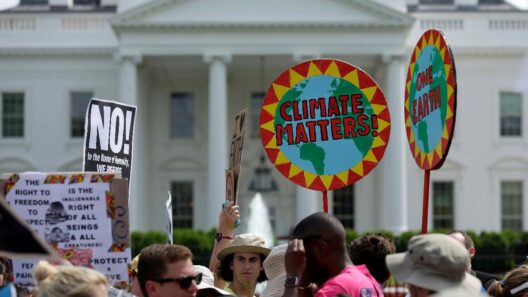Carbon is often at the forefront of conversations about climate change, and rightfully so. It is pivotal in our corpus of knowledge concerning global warming. Carbon dioxide (CO2), specifically, is a greenhouse gas that plays a crucial role in the Earth’s atmospheric dynamics. Understanding the mechanisms by which CO2 fuels global warming is imperative to grasp the broader concept of climate change and its profound effects on the planet.
1. The Mechanism of Greenhouse Gases
Greenhouse gases, including carbon dioxide, act like a blanket around the Earth. Please note that not all greenhouse gases are created equal. Some, such as methane and nitrous oxide, are significantly more potent than CO2 in their heat-trapping capabilities. Nevertheless, CO2 is the most prevalent greenhouse gas emitted by human activities, and its longevity in the atmosphere contributes to its critical nature.
When solar radiation reaches the Earth, some of it is absorbed while the rest is reflected back into space. However, CO2 and other greenhouse gases trap some of this heat, preventing it from escaping the atmosphere. This trapping effect, known as the greenhouse effect, is crucial for maintaining the Earth’s temperature. Without it, our planet would be uninhabitable, as it would plunge into extreme cold. However, the escalation of CO2 levels through human activities has amplified this effect, leading to increased global temperatures.
2. The Sources of Carbon Dioxide Emissions
The question of where carbon emissions originate is integral to combating climate change. Primary sources include fossil fuel combustion, deforestation, and various industrial processes. Vehicles, power plants, and heating systems primarily emit CO2 by burning fossil fuels such as coal, oil, and natural gas. The industrial sector also contributes significantly through the production of cement and steel, releasing CO2 in the process.
Deforestation exacerbates the situation by reducing the planet’s capacity to absorb CO2. Trees play an indispensable role in sequestering carbon, helping to mitigate the concentration of CO2 in the atmosphere. Thus, the removal of forests not only eliminates a carbon sink but also releases the stored carbon back into the atmosphere, creating a double effect that aggravates climate change.
3. The Implications of Rising CO2 Levels
As levels of CO2 rise, the consequences become increasingly dire. One major implication is ocean acidification. The oceans are a significant carbon sink, absorbing approximately a quarter of anthropogenic CO2 emissions. However, this absorption leads to chemical reactions that reduce the pH of seawater, making it more acidic. Ocean acidification poses a serious threat to marine life, particularly species such as corals and shellfish, which struggle to maintain their calcium carbonate structures in more acidic conditions.
Moreover, rising CO2 levels contribute to more frequent and severe weather events. The increase in average global temperatures enhances the water cycle, causing extreme rainfall in some regions and prolonged droughts in others. This variability can disrupt agriculture, exacerbate food insecurity, and threaten livelihoods dependent on stable climatic conditions.
4. The Human Health Aspect
The ramifications of increasing CO2 levels are not only environmental but also public health-related. Higher temperatures can worsen air quality, leading to respiratory issues exacerbated by smog and allergens. Additionally, climate change alters the distribution of diseases, allowing pathogens and vectors to proliferate in regions previously unsuitable for them. The implications of such changes can result in significant public health challenges that require adequate infrastructure and preparation.
5. The Role of Policy and Innovation
Tackling the unprecedented rise of CO2 emissions necessitates robust policy action and innovative solutions. Governments around the world are beginning to recognize the urgency of the situation. Policies aiming to reduce carbon footprints through emissions trading systems, tax incentives for renewable energy, and regulations on industrial emissions are vital. International agreements such as the Paris Agreement underscore the collective commitment to mitigating climate change by limiting global warming to well below 2 degrees Celsius above pre-industrial levels.
Innovation also plays a pivotal role—emerging technologies that facilitate carbon capture and storage (CCS) offer potential pathways to reduce atmospheric CO2 levels. Renewable energy technologies, such as solar, wind, and geothermal, are also essential in transitioning away from fossil fuel dependency. The development of greener technologies is not merely aspirational; it is foundational to building a sustainable future.
6. Individual Responsibility and Community Action
While systemic change is crucial, individual responsibility cannot be overlooked. Citizens can adopt more sustainable lifestyles—promoting habits such as reducing energy consumption, supporting local agriculture, and advocating for climate-friendly policies. Community actions, particularly grassroots initiatives, can galvanize local populations to act against climate change effectively. From tree-planting campaigns to educational programs about climate literacy, the power of collective community effort is unmatched.
7. The Future Outlook
The trajectory of CO2 emissions will undoubtedly define the planet’s future. While the current outlook bears urgent implications for humanity and the Earth, there remains a glimmer of hope. Raising awareness, forging policy changes, and fostering innovations in renewable energy and sustainability can lead to a more resilient and habitable planet. Climate change is not merely an environmental issue; it is an existential challenge that demands our unyielding attention and action.
Each individual and community plays a role in crafting the ultimate climate narrative. The stakes are undeniably high, but the potential to incite meaningful change is equally profound. Understanding the dynamics of carbon dioxide and its multifaceted impact on global warming is the first step towards taking informed action against one of the most critical challenges facing our time.


